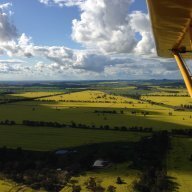-
Posts
1,039 -
Joined
-
Last visited
-
Days Won
13

Roundsounds replied to Parkway's topic in Student Pilot & Further Learning

Roundsounds replied to Parkway's topic in Student Pilot & Further Learning

Roundsounds replied to Parkway's topic in Student Pilot & Further Learning

Roundsounds replied to Parkway's topic in Student Pilot & Further Learning

Roundsounds replied to Parkway's topic in Student Pilot & Further Learning

Roundsounds replied to Parkway's topic in Student Pilot & Further Learning

Roundsounds replied to Parkway's topic in Student Pilot & Further Learning

Roundsounds replied to Parkway's topic in Student Pilot & Further Learning

Roundsounds replied to Parkway's topic in Student Pilot & Further Learning

Roundsounds replied to Parkway's topic in Student Pilot & Further Learning

Roundsounds replied to Parkway's topic in Student Pilot & Further Learning

Roundsounds replied to Parkway's topic in Student Pilot & Further Learning

Roundsounds replied to Phil Perry's topic in Aircraft Incidents and Accidents

Roundsounds replied to Simon Mo's topic in Aircraft General Discussion

Roundsounds replied to Simon Mo's topic in Aircraft General Discussion

Roundsounds replied to Simon Mo's topic in Aircraft General Discussion

Roundsounds replied to Simon Mo's topic in Aircraft General Discussion

